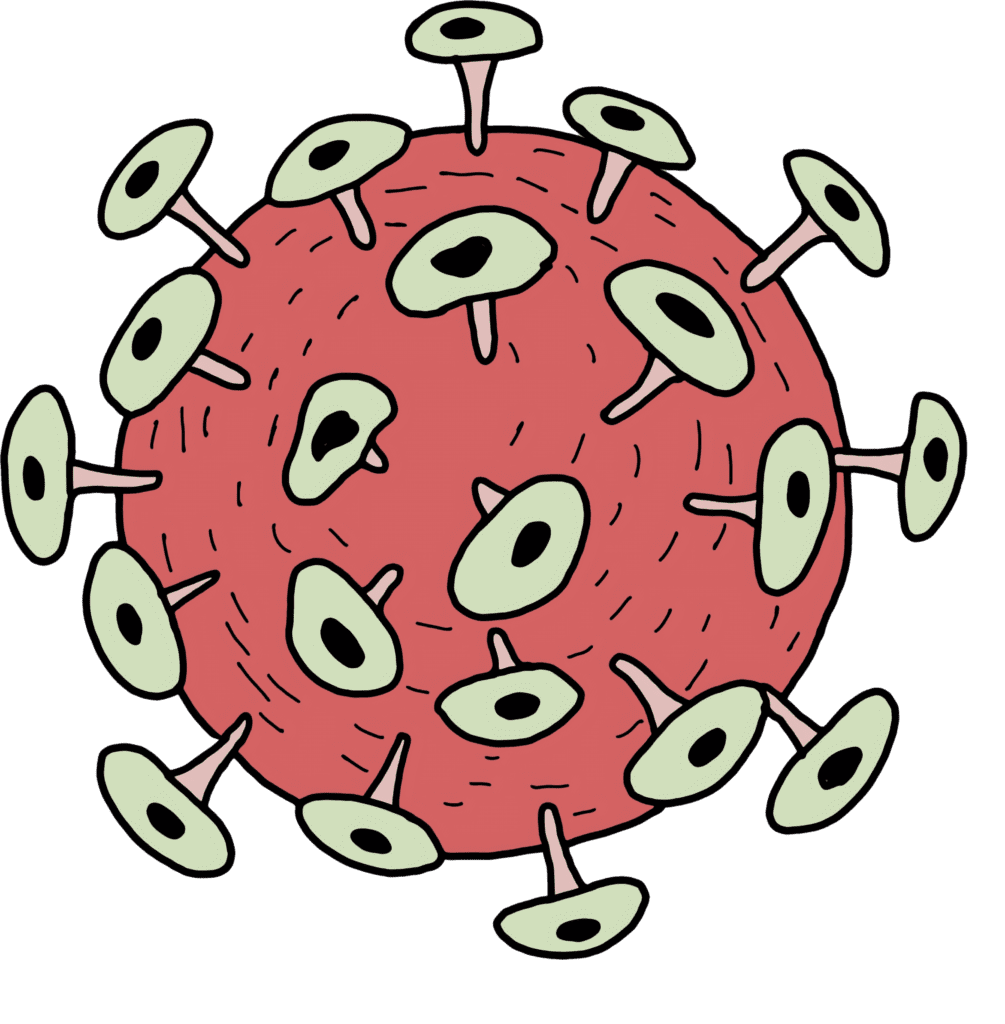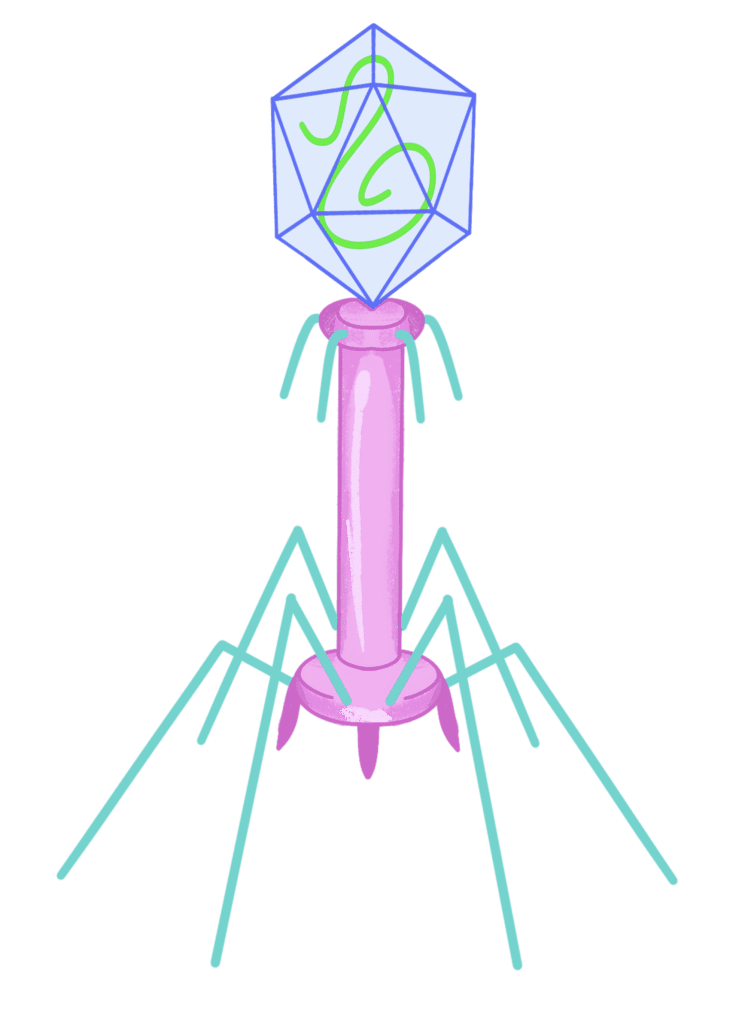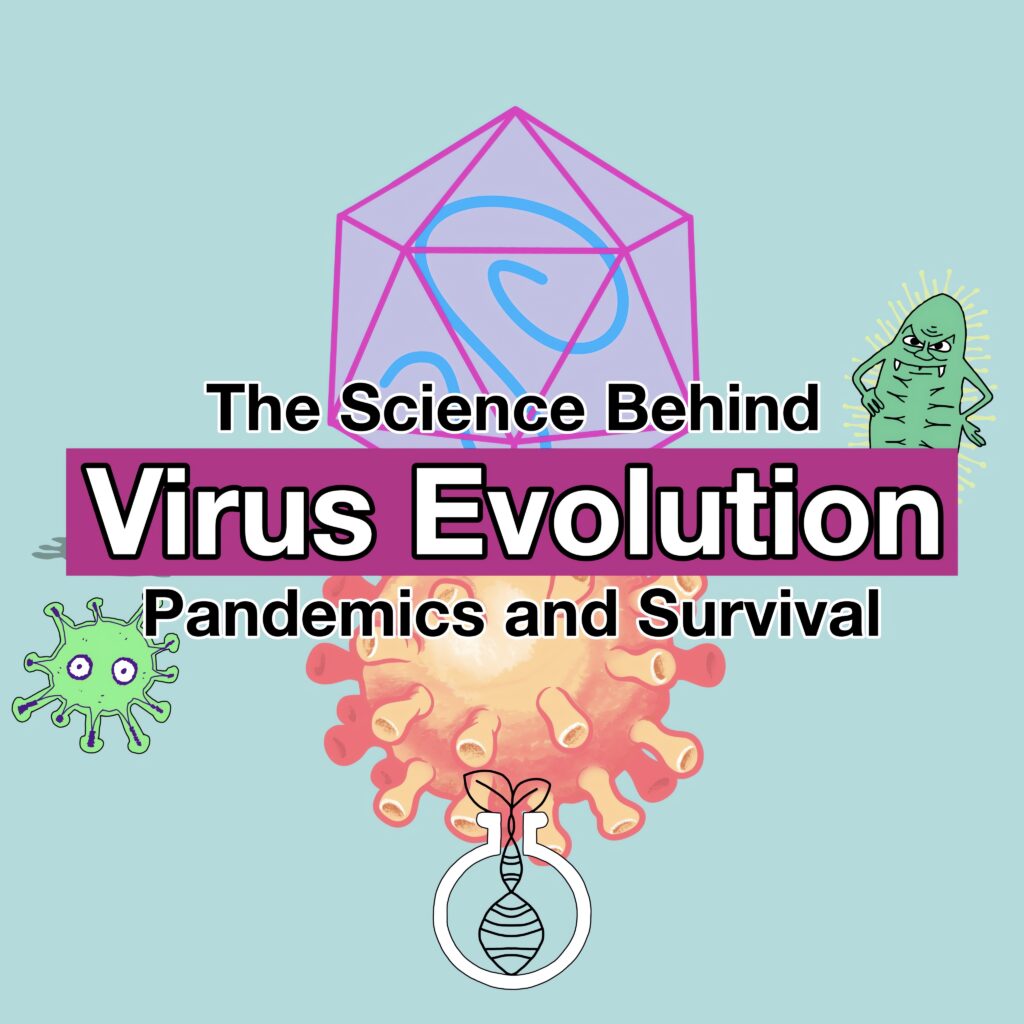From the shadows of nature’s tiniest worlds, viruses have emerged as some of the most cunning, elusive, and powerful life forms on Earth. They are the microscopic tricksters, the ghostwriters of evolution, silently rewriting the scripts of life. In the last few decades, they’ve gone from obscure agents of disease to global disruptors, crashing economies, rewiring our daily lives, and rewriting history itself. But what gives these tiny entities their immense power? How do they change, adapt, and spark pandemics that ripple across the planet like wildfire?
Buckle up, we’re diving deep into the secret lives of viruses, their evolutionary toolbox, and the biological chess game that could determine humanity’s future.
What Are Viruses, Really?
Viruses are not quite alive, yet not quite dead either. They sit at the edge of life, genetic codes wrapped in protein shells, completely reliant on hijacking the machinery of living cells to survive and multiply. Imagine a USB stick with malicious code that can’t do anything until it’s plugged into a computer. That’s a virus: inert on its own, but potentially explosive once inside a host.
They don’t eat, they don’t breathe, and they can’t reproduce by themselves. But once they infiltrate a host cell, they turn it into a factory, churning out thousands of copies of themselves like a hacked printer spitting out endless pages. But viruses don’t just replicate. They evolve—and that’s where the real magic (and danger) lies.

Evolution on Fast Forward: Why Viruses Change So Rapidly
Viruses evolve through a series of mechanisms that allow them to adapt faster than nearly any other organism on Earth. Their evolution is like a biological arms race, with each generation equipped with new tricks and tools.
Let’s break down their most powerful evolutionary strategies:
1. Mutation: Nature’s Random Lottery
Viruses, especially RNA viruses like influenza and SARS-CoV-2, mutate rapidly. Each time they replicate, small mistakes (mutations) occur in their genetic code. Most mutations are harmless or even detrimental—but every once in a while, one gives the virus an edge:
- It might help it bind better to human cells.
- It might help it escape detection by the immune system.
- It might make it more transmissible or deadly.
2. Recombination: When Viruses Mix & Match Genes
Recombination happens when two related viruses infect the same cell and exchange pieces of their genetic code, creating a hybrid. It’s like two novels getting mashed into one new story.
This is how some of the most dangerous viruses emerge. For example:
- Influenza pandemics often begin when human and animal flu viruses mix genes in pigs, creating new strains
- Coronaviruses are known to jump species through recombination events—one of the suspected origins of SARS-CoV-2.
3. Reassortment: Viral Genetic Jigsaw Puzzles
Reassortment is similar to recombination but occurs in viruses with segmented genomes (like influenza). When two different strains infect the same host, their gene segments can shuffle like a deck of cards. The result?
- Brand-new strains with unpredictable traits.
- The potential for pandemics if these traits include human infectivity or high transmissibility.

The Main Mechanisms of Viral Evolution
Let’s break down the three key ways viruses evolve. These aren’t just biological tricks—they’re the reason vaccines need updates, and why new variants keep popping up.
1. Mutation: Tiny Changes, Big Effects
Mutations are small changes in a virus’s genetic code.
- Point mutations (single-letter changes) can alter how the virus attaches to cells or hides from the immune system.
- These changes are often responsible for new variants, such as the Omicron variant of SARS-CoV-2.
- Sometimes, a mutation lets a virus spread faster. Other times, it helps the virus resist antibodies.
2. Recombination: Genetic Cut-and-Paste
When two related viruses infect the same host cell, they can swap genetic segments.
- This is called recombination, and it creates a new “hybrid” virus.
- For example, if a pig is infected by both a human flu virus and a bird flu virus, the genetic codes can mix—leading to a virus that jumps from animals to humans.
3. Reassortment: Viral Shuffle Mode
Some viruses, like influenza, have segmented genomes—like a book with separate chapters. When two viruses infect the same cell, they can exchange whole segments, creating a new combination.
This is how pandemic flu strains arise. It’s the viral equivalent of shuffling a deck of cards—and sometimes, you draw a deadly hand.

How Does Viral Evolution Spark Pandemics?
Not every new virus variant leads to a pandemic. But sometimes, the stars align for a “perfect storm.” Here’s what it usually takes:
1. Infectiousness Increases
If a mutation helps the virus spread faster between humans (like making it easier to enter human cells), it can take off globally.
2. Immune Evasion
Changes in the virus’s surface proteins can make it harder for immune systems—or vaccines—to recognize it. This is why booster shots or updated vaccines are needed.
3. Crossing the Species Barrier
Many dangerous viruses (like HIV, Ebola, and coronaviruses) come from animals. When they evolve the ability to infect humans efficiently, the risk of a pandemic skyrockets.

Real-World Examples: Viral Evolution in Action
Let’s look at how viral evolution has shaped history, and our lives.
COVID-19 & the Rise of Variants
Alpha, Delta, Omicron—each variant brought new features: faster spread, more immune evasion, or different symptoms. These variants arose due to a combination of high transmission, mutations, and global travel.
Influenza: The Shape-Shifter Virus
The flu virus undergoes constant mutation (antigenic drift) and occasional major changes (antigenic shift) through reassortment. This is why we need a new flu shot every year. The 2009 H1N1 “swine flu” was caused by a reassortment event involving bird, pig, and human flu viruses.
HIV: Evolutionary Escape Artist
HIV’s high mutation rate allows it to escape immune responses and develop resistance to antiviral drugs. This is why combination therapy is used—multiple drugs target the virus in different ways, making escape harder.

The Road Ahead: Can We Outsmart Viral Evolution?
Viruses may evolve fast but our understanding evolves too. Each pandemic teaches us more about their patterns, their tricks, and how to anticipate them. With better global surveillance, cutting-edge vaccine technology, and genetic tools like CRISPR, we’re building an arsenal to respond faster than ever. Still, it’s a race. A virus only needs one successful mutation to change the game. But here’s the twist: We’re not powerless. By understanding how viruses evolve, we gain the upper hand, turning reaction into prevention, chaos into control.
Viruses are nature’s smallest rebels, constantly changing, adapting, and reshaping the world. Their evolution is both a warning and a lesson, reminding us that the most powerful forces don’t always roar… sometimes, they whisper at the molecular level.
Special thanks to Eve for her incredible sketches that bring our articles to life!
We got inspired by those articles to create this content


My name is Ali Emre Cabadak, a dedicated biology enthusiast currently pursuing my studies at Marmara University, where I am majoring in Bioengineering. As a passionate advocate for scientific discovery and innovation, I am the founder of Biologyto. My goal is to bring the wonders of biology closer to everyone and inspire a new generation of thinkers and innovators. Through Biologyto, I aim to write scientific articles that delve into the fascinating world of biology, sharing insights and discoveries that inspire curiosity and innovation.





